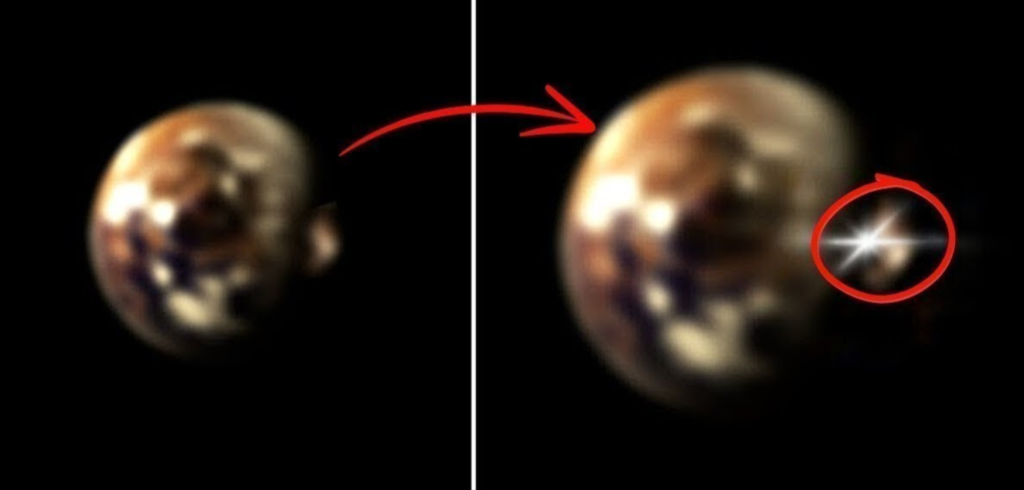
Centauri b
Ateam of astronomers has captured an photo of the most up to date and maximum large planet-web website hosting big name gadget located to date. The large planet, named b Centauri (AB)b or b Centauri b, is positioned about 325 light-years away withinside the Centaurus constellation. It turned into detected orbiting a younger large binary big name known as b Centauri. Visible to the bare eye, b Centauri b is 10 instances extra large than Jupiter, making it one of the maximum large planets ever located. Moreover, it revolves across the binary big name at a surprising one hundred instances more distance than Jupiter does from the Sun, one of the widest orbits determined yet. This huge distance from the principal pair of stars might be key to the planet’s survival. However, the planet isn’t to be pressured with beta Centauri, a vibrant binary big name.
“Finding a planet round b Centauri turned into very interesting because it absolutely modifications the image approximately large stars web website hosting planets,” defined Markus Janson, an astronomer at Stockholm University, Sweden.
The simplest 15 million years vintage b Centauri binary big name has as a minimum six instances the mass of the Sun. This assets makes it with the aid of using some distance the maximum large stellar gadget round which astronomers have located a planet. Until now, preceding research had did not come across such a item round a celebrity extra than 3 instances as large because the Sun.
Most large stars also are very hot, and this gadget isn’t anyt any exception: its number one big name is a so-known as B-kind big name this is over 3 instances warmer than the Sun. Due to its excessive temperature, it emits huge quantities of UV and X-ray radiation.
The huge mass and warmth from this form of big name strongly effect the encircling gas, which must counteract planet formation. In particular, the warmer a celebrity is, the extra excessive-electricity radiation it produces. This assets reasons the encircling cloth to evaporate extra efficiently.
The new discovery demonstrates that planets can, in fact, shape in such intense stellar environments.
“We have usually had a totally sun gadget centric view of what planetary structures are ‘supposed’ to appearance like,” MPIA scientist and co-writer Matthias Samland factors out.
“Over the final ten years, the invention of many planetary structures in unexpected and novel configurations has made us widen our traditionally slim view. This discovery provides every other interesting bankruptcy to this story, this time for large stars.”
The new planet, defined withinside the paper posted withinside the magazine Nature, turned into noticed the usage of state-of-the-art Spectro-Polarimetric High-assessment Exoplanet REsearch instrument (SPHERE) set up at the Very Large Telescope (VLT) on the European Southern Observatory (ESO) in Chile.
Further, the group regarded into beyond information on b Centauri and determined that the planet had honestly been imaged extra than twenty years in the past with the aid of using the ESO 3.6-metre telescope, even though it turned into now no longer known as a planet on the time.






